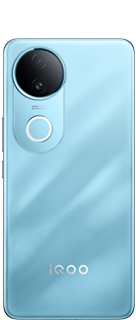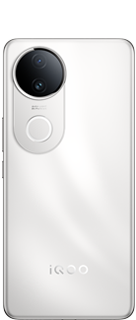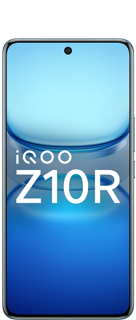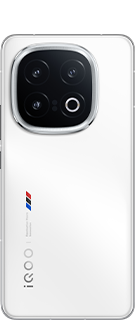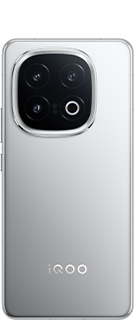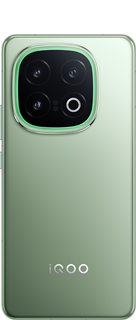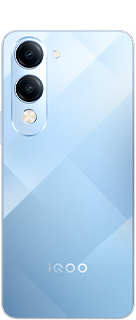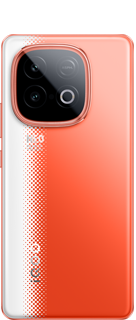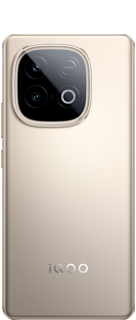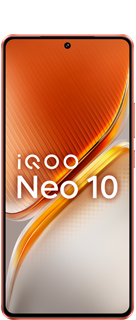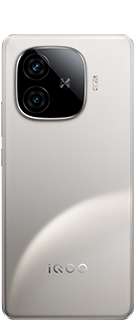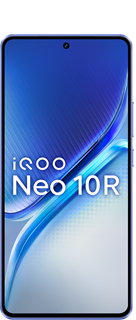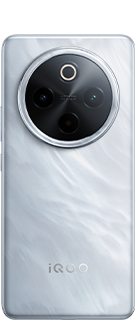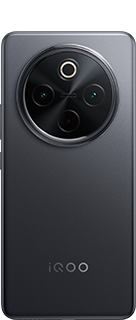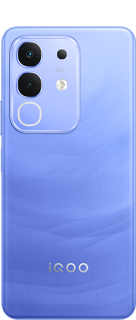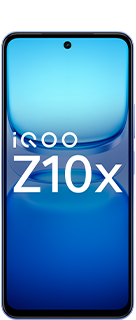OnePlus 13 vs. iQOO 13: Which one to choose?
Earlier this week, iQOO unveiled the iQOO 13 and OnePlus announced the OnePlus 13 in China. Both phones come equipped with the Snapdragon 8 Elite chipset. While both devices are limited to the Chinese market at present, the iQOO 13 is expected to be released globally in the first week of December, whereas the OnePlus 13 may go official for the global market in January. Choosing between them can be tough, so let’s break down their key differences to help you decide.

1. Display and Design
Both the OnePlus 13 and iQOO 13 feature impressive 6.82-inch OLED displays. The BOE X2 OLED 8T LTPO panel on the OnePlus 13 offers a micro-quad-curved design, a 2K resolution (3168 x 1440 pixels), a 120Hz refresh rate, and a peak brightness of 4500 nits. It supports Dolby Vision and 2160Hz PWM dimming, ensuring a superior visual experience.
On the other hand, the iQOO 13 comes with a BOE Q10 OLED display in a flat design, also offering a 2K resolution (3168 x 1440 pixels) but with a higher 144Hz refresh rate and 4500 nits peak brightness. It introduces Android’s first OLED circular polarized light eye protection technology and 2592Hz PWM dimming. Additionally, it features a self-developed Q2 display chip for enhanced visuals.
In terms of design, the OnePlus 13 has a round camera module on the back, whereas the iQOO 13 sports a squircle camera island. A unique design feature of the OnePlus flagship is that it comes with an alert slide on its left edge. On the other hand, the iQOO 13 has an RGB LED-equipped halo light around the camera module.
The OnePlus 13 offers a premium build with Crystal Shield ceramic glass, a metal middle frame, and an IP68/69 rating, making it resistant to dust and water. It comes in different finishes: leather (8.9mm thickness, 210 grams) and glass (8.5mm thickness, 213 grams).
The iQOO 13 also boasts a robust design with a glass back, a metal middle frame, and an IP68/69 rating for water and dust resistance. Its dimensions vary slightly depending on the edition: the Track Edition is 7.99mm thick and weighs 207 grams, while the rest are 8.13mm thick and weigh 213 grams.
2. Performance
The Snapdragon 8 Elite chipset powers both devices, paired with LPDDR5x RAM and UFS 4.0 storage. The OnePlus 13 offers configurations up to 24 GB of RAM and 1 TB of storage, while the iQOO 13 maxes out at 16 GB of RAM and 1 TB of storage.
The OnePlus 13 houses a 6,000mAh battery with 100W wired charging, 50W magnetic wireless charging, and 10W reverse wireless charging. In comparison, the iQOO 13 features a slightly larger 6,150mAh battery but supports only 120W wired charging, with no wireless charging options.
3. Camera System
For photography enthusiasts, the OnePlus 13 offers a 50-megapixel LYT-808 main camera with OIS. It is complemented by a 50-megapixel Samsung S5KJN5 ultra-wide and macro camera and an OIS-enabled 50-megapixel LYT-600 periscope telephoto lens with 3x optical zoom and 120x digital zoom, enhanced by Hasselblad camera optimizations.
The iQOO 13, on the other hand, features a triple-camera setup with a 50-megapixel Sony IMX921 main camera with OIS, a 50-megapixel Samsung S5KJN1 ultra-wide lens, and a 50-megapixel IMX816 telephoto lens with 2x optical zoom and OIS.
Both phones have a 32-megapixel front camera, with the OnePlus 13 using a Sony IMX615 sensor and the iQOO 13 using a GalaxyCore GC32E1 sensor. To sum up, the OnePlus 13 with its versatile camera setup promises a better photography experience than the iQOO 13.
4. Software and Other Features
Both smartphones run on Android 15, with the OnePlus 13 using ColorOS 15 and the iQOO 13 using OriginOS 5. They include ultrasonic in-display fingerprint sensors, dual stereo speakers, advanced cooling systems, and various network and connectivity features like Wi-Fi 7, Bluetooth 5.4, NFC, dual-frequency GPS, and IR blasters. As mentioned above, the OnePlus 13 also features an alert slider, whereas the iQOO 13 is equipped with halo light as a distinguishing feature.
5. Price and Availability
The OnePlus 13 is available in various configurations:
- 12GB+256GB: 4,499 Yuan (~$630)
- 12GB+512GB: 4,899 Yuan (~$690)
- 16GB+512GB: 5,299 Yuan (~$745)
- 24GB+1TB: 5,999 Yuan (~$840)
Colors include White Dew Dawn, Black Secret Realm, and Blue Moment.
The iQOO 13 is also available in several configurations:
- 12GB+256GB: 3,999 Yuan (~$560)
- 16GB+256GB: 4,299 Yuan (~$600)
- 12GB+512GB: 4,499 Yuan (~$630)
- 16GB+512GB: 4,699 Yuan (~$660)
- 16GB+1TB: 5,199 Yuan (~$730)
Color options are Legend Edition (white), Track Edition (black), Nardo Gray, and Isle of Man (green).
6. Who Should Buy the OnePlus 13 and Who Should Buy the iQOO 13?
Who should buy the OnePlus 13:
- Users seeking the best-in-class display with micro-quad-curved design.
- Those who prefer a photography-focused flagship phone with Hasselblad optimizations and superior zoom capabilities.
- Those who prefer faster wireless charging.
- Users who value ColorOS 15’s features and customization options.
Who should buy the iQOO 13:
- Users who prefer to spend less and still have the latest Snapdragon 8 Elite phone.
- Users who prefer a flat-screen phone with an enhanced gaming experience.
- Those looking for a slightly larger battery with faster wired charging.
- Users who would prefer a halo light, which glows for notifications and while playing games.
Thank You
Happy Questing.
Signing Off,
#IQOO CONECT
Please sign in
Login and share
